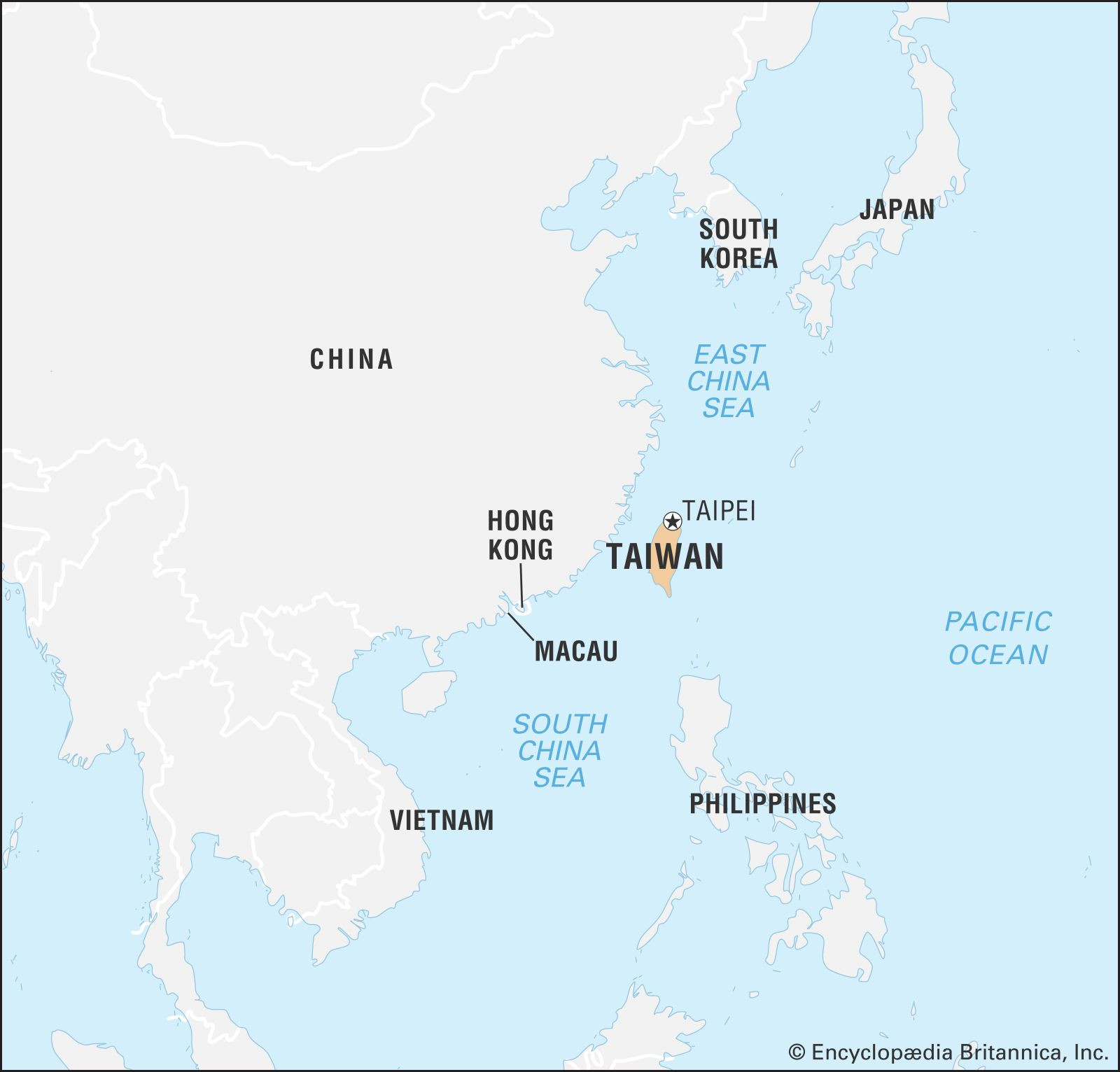Taiwan, officially known as the Republic of China (ROC), is an island nation that frequently appears in global news. Understanding exactly where Taiwan is located geographically is crucial to grasping its geopolitical significance. Situated in East Asia, Taiwan lies off the southeastern coast of mainland China, in a region where the East China Sea merges into the Pacific Ocean.
Taiwan’s Location in Asia: A Detailed Look
Taiwan is positioned in a strategically vital archipelago that stretches from Japan southward through the Philippines and towards Indonesia. To its north and northeast, the East China Sea separates it from the Ryukyu Islands of Japan. The vast expanse of the Pacific Ocean lies to Taiwan’s east, while to the south, the Bashi Channel marks the boundary with the Philippines. The Taiwan Strait, also known as the Formosa Strait, separates Taiwan from the coast of mainland China to the west. Geographically, Taiwan is approximately 100 miles (160 kilometers) from the southeastern coast of China. This proximity is a key factor in the complex relationship between Taiwan and mainland China.
Geographical Coordinates and Size of Taiwan
Taiwan is an island that extends roughly 245 miles (395 kilometers) from north to south and is about 90 miles (145 kilometers) wide at its broadest point. To provide a sense of scale, Taiwan’s area is comparable to that of the Netherlands, or the combined area of U.S. states like Massachusetts, Rhode Island, and Connecticut. The capital city, Taipei, is located in the northern part of the island and serves as the political and economic center of Taiwan.
 Cityscape of Taipei, Taiwan
Cityscape of Taipei, Taiwan
Taiwan’s Diverse Landscape: Mountains and Coastlines
The island of Taiwan boasts a diverse topography. The eastern side of the island is dominated by steep mountains, part of the Chung-yang Range, which runs north-south and often descends directly to the Pacific coastline. This mountainous region includes numerous peaks soaring to impressive heights, with Yu Mountain (Jade Mountain) being the highest point at 13,113 feet (3,997 meters). In contrast, the western part of Taiwan features terraced tablelands and alluvial plains, providing the majority of the island’s flat land suitable for agriculture and human settlement. Consequently, the majority of Taiwan’s population is concentrated in the western regions.
Taiwan’s Strategic Significance
Taiwan’s geographical location contributes significantly to its geopolitical importance. Positioned at a crucial point in the East China Sea and the Pacific Ocean, Taiwan is a key link in the first island chain, which is strategically important for maritime routes and regional security. Its location near major economies like China, Japan, and South Korea further amplifies its significance in international trade and political dynamics.
Conclusion: Taiwan’s Location Matters
In summary, Taiwan is located in East Asia, approximately 100 miles off the southeastern coast of China, between the East China Sea and the Pacific Ocean. Its geographic coordinates place it in a region of significant geopolitical and economic activity. The island’s physical characteristics, ranging from towering mountains to fertile plains, coupled with its strategic location, shape Taiwan’s unique identity and its role in the global landscape.
